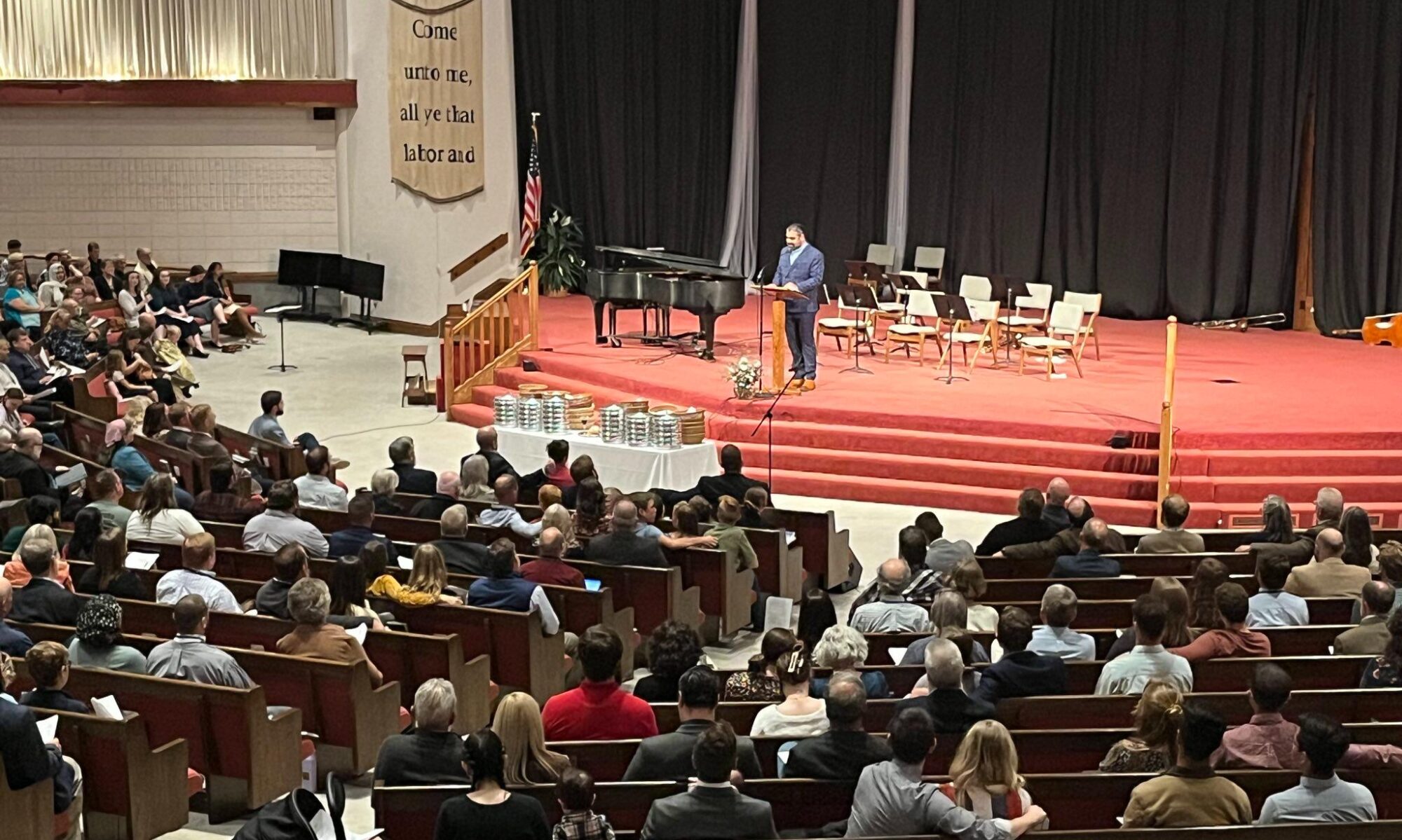Doug Wilson’s episode discussing clergy attire is quite good, and we, high-church Presbyterians, should take a listen and consider a few of his thoughts. Here are some general responses to the interview: To Vest or Sweater Vest? https://www.gottesdienst.org/podcast/2022/11/9/tgc-234-to-vest-or-sweater-vest
The discussion with a Missouri-Synod Lutheran minister was also an interesting look into the wild diversity of worship practices among Lutherans and a special interest in the Gottesdienst Crowd who wish to return to the high-liturgical Lutheran model of the 16th century.
It is fascinating just how far the influence of @_Theopolis goes. I’ve heard of Lutheran, Anglican, Orthodox, & other high church traditions that have been deeply affected by the work of Peter Leithart and, as a result, become aware of our labors in the CREC and man like Wilson.
Wilson’s concern with clerical vestments stems from a fundamental question: “What is the direction of this act?” He directs his concerns toward low-church evangelicals who want to play dress-up. Such “liturgical” trends come with a side of postmodernism.
He argues that context is crucial in such discussions. He does not oppose traditional Lutherans wearing albs and stoles, but he finds it distressing that low-church evangelicals are dressing up in “ecclesiastical bling” as a way of calling attention and often end with effeminacy.
He is not opposed to ecclesiastical vestments, but he ponders the question, “what is the motive?” “what is it saying” and “what is the vestment highlighting?” It should highlight the office and not the man. We should avoid “showboating.”
“Clothing is rhetoric,” and it is crucial to understand the connotation of this rhetoric wherever you are ministering. Doug’s concern is that people may trip over robes if they attend one of our churches, especially in the South, where the Southern Baptist world is dominant.
Wilson’s concern is that the pastor conveys a masculine voice. He says that a white robe is a robe of a bride, not a groom. I’d note that the Transfigured glory of Jesus (Mat. 17) clothed him in white, and the pastors sitting around the throne were also robed in white (Rev. 4).
I also disagree with the perception of folks here in SBC land. In all my 14 years in Pensacola, wearing a white robe, only 2-3 times have someone inquired about the robe. They have asked more about using the word “catholic” in the Nicene Creed than anything else.
These are questions that can easily be overcome with a few conversations. And, indeed, any concerns that they may have is usually dealt with right after the service in brief exchanges.
This leads to my general observation that the culture of any congregation leaves a more powerful impression at first than the liturgical interests. Establish the culture, and the white robes are an easy sell.
Wilson’s general argument is quite moderate and straightforward. He even refers to it as “adiaphora.” He intends to do away with the tendency towards an egalitarian spirit, and the vestments can lead and have led to such abuses. This is a fair critique.
On the other hand, the suit/tie combo has provided its fair share of egalitarianism. Clothing matters and I could probably find the “business model” of attire equally troubling in mainstream evangelicalism. Postmodernism impacts the robe and the suit.
Wilson’s regulative principle argument is quite good, and he even notes that robes may be more suitable for certain environments and that there ought to be a deliberation in what direction you should go. The entire argument is very pastoral. There needs to be a goal in mind.
But Lutheran history is also a fine example. In the 70s, the high-church Lutherans were the liberals, but today the Gottesdienst Crowd (high-church Lutherans) are the ones seeking to restore 16th-century Lutheran conservative ideals.
Wilson’s general concern is that the liturgy/vestment does not stand on its own but that it is accompanied by instruction. There is an agreement between our two sides of the liturgical aisle & if there was any concern about where the liturgical side stands in the CREC, COVID demonstrated that our robes are symbols of the transfigured Christ who asserted his authority over earthly powers.

